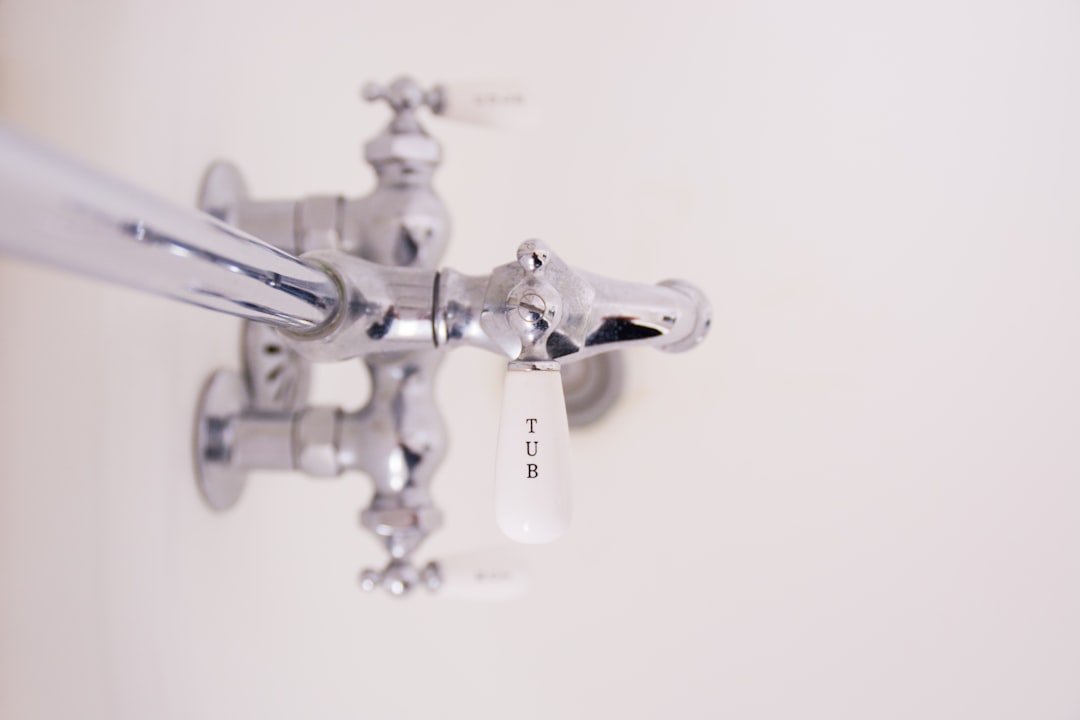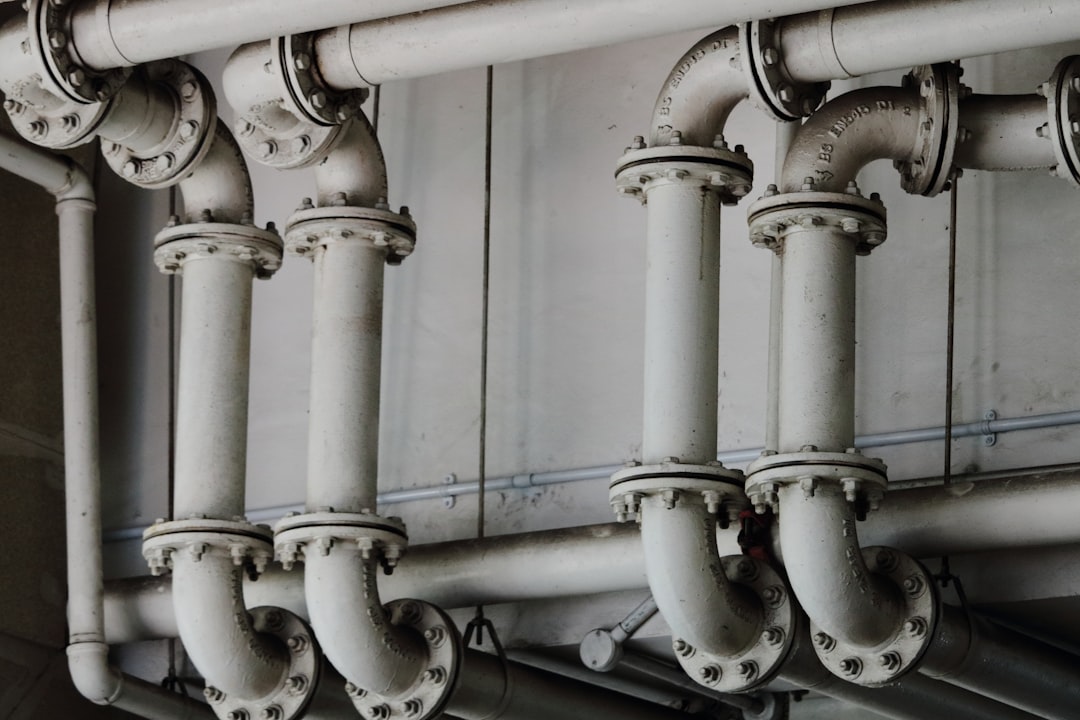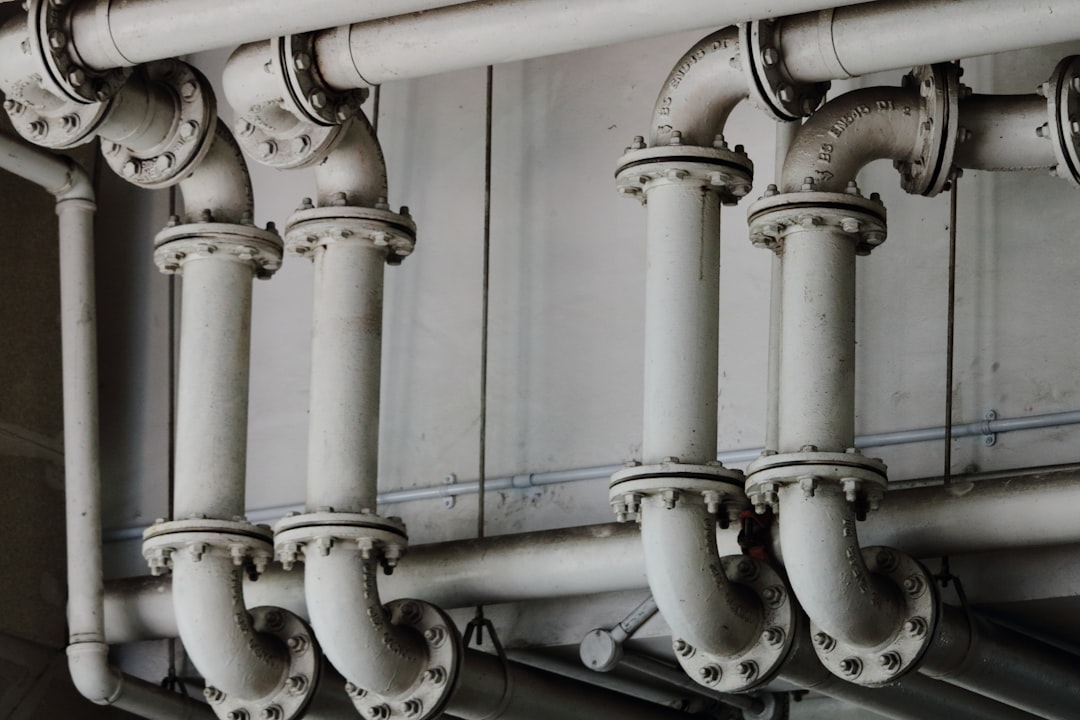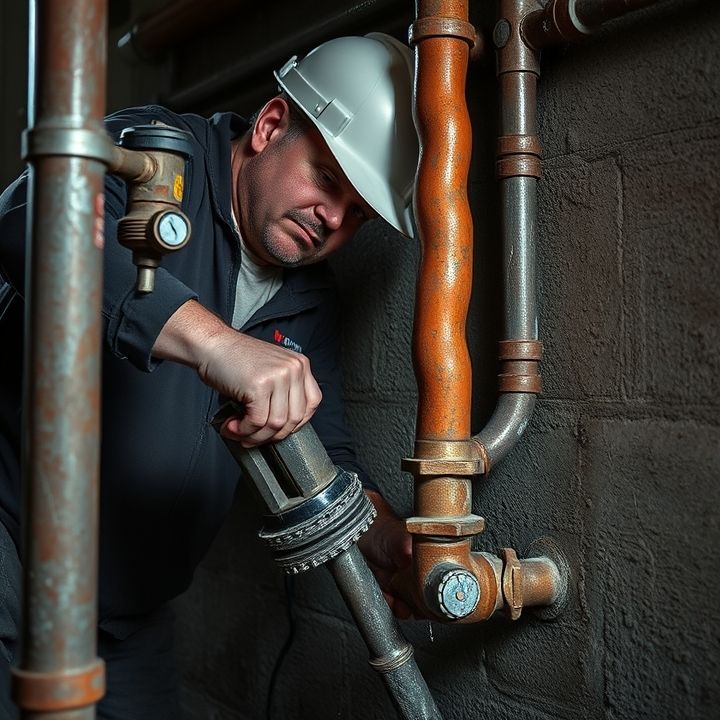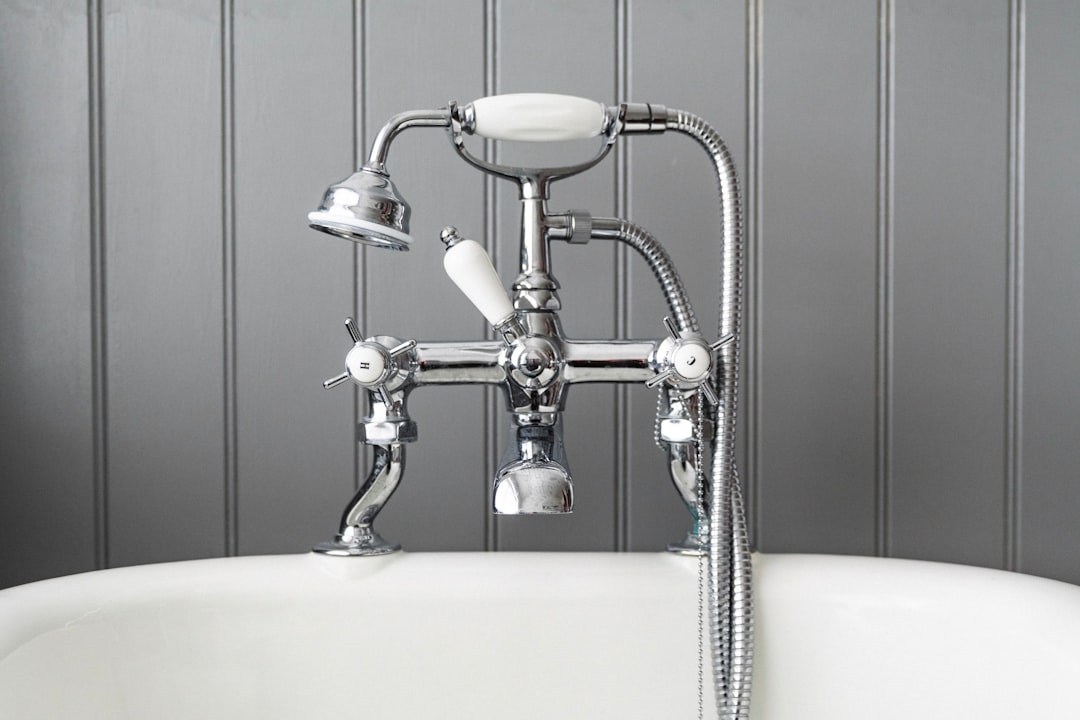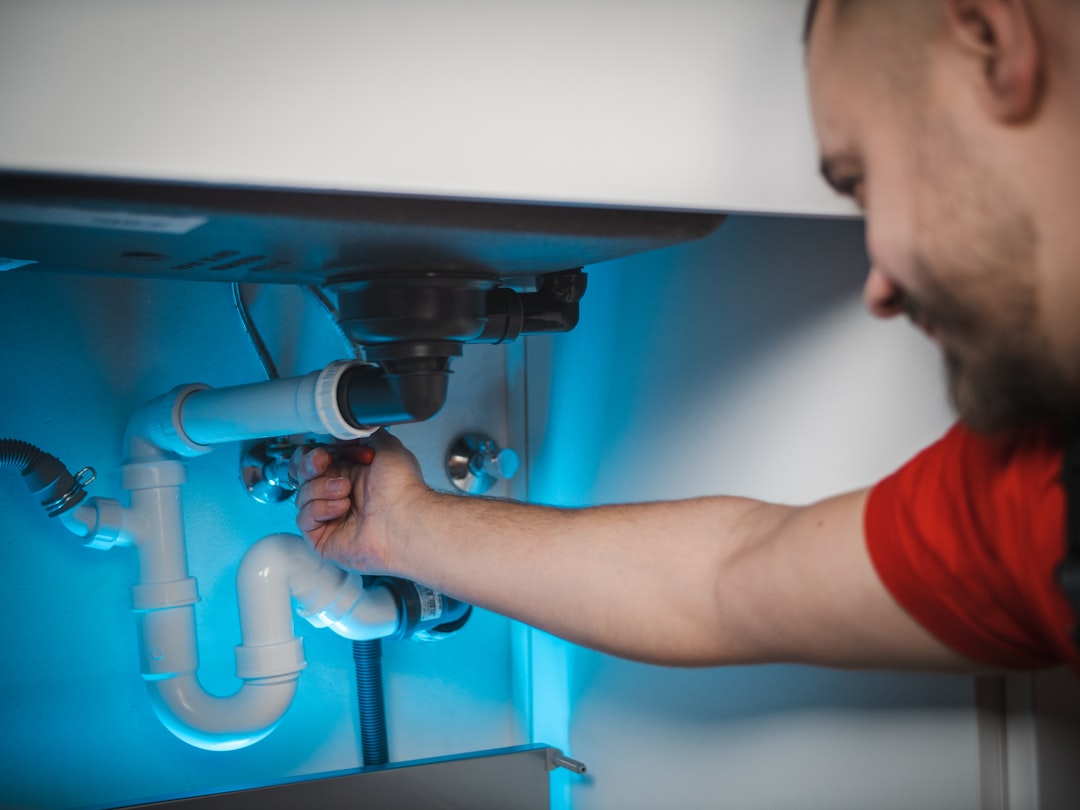Table of Contents
- Introduction
- Importance of hiring guaranteed plumbers for plumbing emergencies
- Overview of plumbing services offered by guaranteed plumbers
- Benefits of plumbing maintenance and inspection
- Common plumbing issues and their solutions provided by professionals
- How to choose a certified plumbing service company
- Understanding plumbing costs and estimates
- The significance of plumbing warranties and guarantees
- Customer testimonials and the impact of professional plumbing services
- Conclusion
- Frequently Asked Questions
Introduction
In today’s fast-paced world, maintaining a sense of tranquility often hinges on small, yet critical elements of our daily lives—like the plumbing in our homes. When pipes burst or drains clog, the ensuing chaos can quickly transform a peaceful household into a source of stress and anxiety.
This is where guaranteed plumbers come to the rescue, offering not just expertise, but a promise of reliability and professionalism that ensures your plumbing woes are addressed promptly and effectively. Imagine the comfort of knowing that a qualified technician, equipped with the right tools and knowledge, is just a call away—ready to restore harmony to your living space.
But why choose a guaranteed plumber over others? Dive deeper into the world of plumbing solutions as we explore the advantages of hiring certified professionals. From peace of mind to top-notch service, guaranteed plumbers truly are your best bet for keeping life’s simple pleasures flowing smoothly.
Importance of hiring guaranteed plumbers for plumbing emergencies
Hiring guaranteed plumbers for plumbing emergencies is essential for several reasons. First and foremost, these professionals have the necessary training and expertise to address a wide range of plumbing issues, from severe leaks to clogs and broken fixtures. When an emergency strikes, time is of the essence, and a guaranteed plumber can provide prompt service, ensuring that the problem is resolved quickly to minimize damage to your property.
Moreover, guaranteed plumbers often come with warranties on their work, giving you peace of mind. This means that if the problem recurs within a specific timeframe, they will return to fix it at no additional cost. This assurance not only reflects their confidence in their skills but also protects your investment.
Additionally, hiring guaranteed plumbers helps ensure that the job is done correctly the first time. Improper plumbing repairs can lead to costly consequences down the line, including further damage or health hazards. Therefore, when facing a plumbing emergency, choosing a guaranteed plumber can save you time, money, and stress in the long run.
Overview of plumbing services offered by guaranteed plumbers
Guaranteed plumbers provide a wide range of plumbing services designed to meet the diverse needs of residential and commercial clients. These services typically include routine maintenance, emergency repairs, and installations. Routine maintenance can help prevent significant plumbing issues from arising, ensuring that systems operate efficiently and effectively.
Emergency services are crucial for addressing urgent situations such as burst pipes, severe leaks, or blocked drains that require immediate attention. Qualified plumbers are equipped to handle these emergencies promptly to minimize damage and restore normal function.
Additionally, guaranteed plumbers offer installation services for various plumbing fixtures, including toilets, sinks, and water heaters. They ensure that installations meet local codes and standards, providing peace of mind to customers.
Some plumbers may also specialize in advanced services like drain cleaning, sewer line repair, and backflow prevention. These specialized offerings are essential for maintaining the integrity and safety of plumbing systems. Overall, guaranteed plumbers focus on delivering high-quality workmanship, reliable service, and customer satisfaction.
Benefits of plumbing maintenance and inspection
Regular plumbing maintenance and inspection offer numerous benefits that can enhance the longevity and efficiency of your plumbing system.
Firstly, routine checks can identify potential issues before they escalate into costly repairs, saving homeowners both time and money.
Moreover, maintenance can improve the overall performance of your plumbing fixtures, ensuring they operate optimally and use water more efficiently.
Additionally, consistent inspections can help detect leaks and reduce water wastage, contributing to lower utility bills and promoting environmental conservation.
Another significant advantage is the peace of mind that comes from knowing your plumbing is in good condition, reducing stress related to unexpected malfunctions.
Furthermore, planned maintenance can prolong the lifespan of your plumbing system and its components, ultimately protecting your investment in your property.
Overall, investing in plumbing maintenance and inspections is a proactive approach that yields multiple rewards in the long run, making it an essential aspect of homeownership.
Common plumbing issues and their solutions provided by professionals
Common plumbing issues often arise in households, leading to significant inconveniences. One frequent problem is a leaky faucet, which not only wastes water but can also increase utility bills. Professionals can quickly replace worn-out washers or cartridges to resolve this issue.
Another prevalent issue is clogged drains, which can result from the accumulation of food debris, grease, or hair. Skilled plumbers utilize specialized tools such as drain snakes or hydro-jetters to clear blockages and restore proper flow.
Additionally, running toilets can waste gallons of water daily. This often stems from a faulty flapper valve or a malfunctioning fill valve, both of which can be easily replaced by a qualified plumber.
Moreover, water heater problems can lead to inadequate hot water supply. Professionals can diagnose issues like sediment buildup or thermostat failures to ensure efficient operation.
Addressing these plumbing issues promptly with the help of experts can maintain a functional plumbing system and prevent more extensive damage.
How to choose a certified plumbing service company
Choosing a certified plumbing service company is crucial for ensuring quality work and reliable service. Start by verifying the company’s credentials, including their licensure and insurance status. A licensed plumber has met specific standards and possesses the technical knowledge necessary for effective plumbing services.
Next, consider the company’s reputation. Look for online reviews and testimonials from previous customers to gauge their level of satisfaction. Personal recommendations from friends or family can also be valuable.
Additionally, inquire about the services offered, as some companies specialize in specific areas like residential plumbing, commercial plumbing, or emergency services. It’s also wise to ask for a detailed estimate that includes costs for labor and materials. Lastly, assess their customer service; a responsive and friendly staff indicates a company that values its clients and will likely provide a positive experience.
Understanding plumbing costs and estimates
Understanding plumbing costs and estimates is essential for homeowners facing plumbing issues or renovations. The costs associated with plumbing can vary significantly based on several factors including the complexity of the job, the materials needed, and the local labor rates. For instance, simple repairs such as fixing a leaking faucet may only cost a few hundred dollars, while more extensive projects like repiping a home can run into thousands.
When obtaining estimates, it is crucial to get quotes from multiple plumbers to ensure you receive a fair price. Be wary of unusually low estimates, as these can sometimes indicate a lack of experience or hidden costs that may arise during the project. Additionally, many plumbing professionals charge a flat rate for specific services or an hourly rate for labor, which can affect the final bill.
To get a more accurate estimate, homeowners should provide detailed descriptions of the problems they’re experiencing and any previous work done. This transparency can help plumbers assess the situation more effectively and provide a reliable cost estimate.
The significance of plumbing warranties and guarantees
The significance of plumbing warranties and guarantees cannot be overstated, as they provide both homeowners and businesses with essential peace of mind. When plumbing work is performed, a warranty ensures that any defects or issues arising from the installation or repairs will be addressed without additional cost to the homeowner. This commitment not only protects the investment but also reinforces the quality of workmanship provided by the plumber.
Additionally, many plumbing warranties are indicative of the plumber’s confidence in their skills and the materials used. A reputable plumber will often stand behind their work, offering guarantees that can range from a few months to several years, depending on the scope of the project.
These warranties can encompass various aspects, such as parts, labor, and even customer service support. In a world where plumbing problems can lead to significant disruption and financial strain, having a guarantee serves as a safety net, allowing property owners to address any unforeseen issues with confidence.
Ultimately, a solid plumbing warranty is an essential factor to consider when selecting a plumber, ensuring that quality and reliability are prioritized.
Customer testimonials and the impact of professional plumbing services
Customer testimonials play a crucial role in showcasing the quality and reliability of professional plumbing services. When potential clients read positive feedback from satisfied customers, it builds trust and helps them make informed decisions. Testimonials can highlight various aspects of plumbing services, such as timeliness, effectiveness, and customer service. A happy customer sharing their experience of a quick and efficient plumbing repair can reassure others who may be hesitant to hire a service.
Furthermore, testimonials often reflect the professionalism and expertise of the plumbers involved. They can discuss how the plumber not only fixed their immediate issue but also provided advice on preventative measures, emphasizing a comprehensive approach. This reinforces the idea that professional plumbers do not just address problems; they also add value through their knowledge and skills. In today’s digital age, many customers turn to online reviews on platforms such as Google or Yelp when searching for reliable plumbing services. Thus, a strong collection of positive testimonials can significantly impact the reputation and success of a plumbing business.
Conclusion
In conclusion, investing in guaranteed plumbing services is a proactive step toward ensuring the long-term health and efficiency of your plumbing system. By choosing certified and reputable plumbers, you not only gain access to a wide array of plumbing solutions but also the peace of mind that comes with warranties and professional support. Avoid the stress of plumbing emergencies and costly repairs by scheduling routine maintenance and inspections. If you’re currently facing plumbing issues or need assistance, don’t hesitate to reach out for help. Call 573-555-2121 today to connect with reliable plumbing professionals who can quickly address your needs and provide the quality service you deserve.
